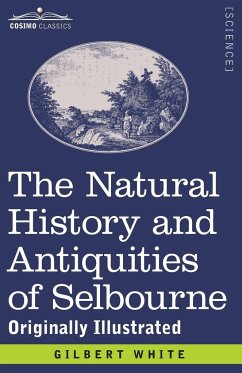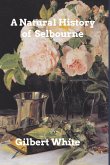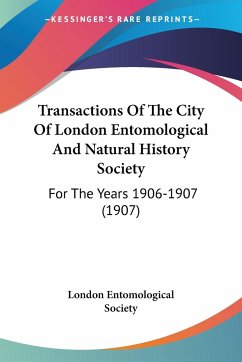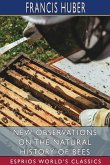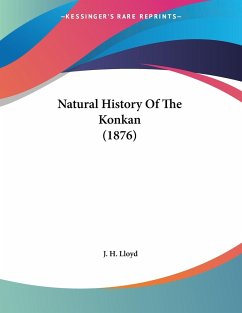"The language of birds is very ancient and like other ancient modes of speech, very elliptical; little is said, but much is meant and understood." -Gilbert White, The Natural History and Antiquities of Selborne (1789) The Natural History and Antiquities of Selborne (1875 edition) written by Gilbert White with notes by Frank Buckland and original illustrations by P. H. Delamotte remains widely read into the 21st century as the fourth most published work in the English language. Using both letter and lyrical form, White chronicles the emergence and behaviors of animal and plant life in the English countryside. His research of the earthworm's importance to the production of topsoil preceded Darwin's by over 100 years. A must for the reader curious about nature, particularly bird enthusiasts.
Hinweis: Dieser Artikel kann nur an eine deutsche Lieferadresse ausgeliefert werden.
Hinweis: Dieser Artikel kann nur an eine deutsche Lieferadresse ausgeliefert werden.

